#bimale
Text





Bandini (Bimal Roy, 1963)
33 notes
·
View notes
Text
इंतज़ार

18 notes
·
View notes
Text
qala and the style over substance argument
so, i watched qala (dir. by anvita dutt) immediately when it came out - a story that exposed the music industry and the position of women in it, especially focusing on the toxic nature of indian classical music? it was like they made the film for me (someone who's spent a good chunk of their life trained in hindustani classical music). however, i was sorely disappointed.
in essence, qala, along with other films that did commercially well that came out in bollywood last year, solidified my understanding that the audience of today's generation of movie-watchers genuinely puts style over substance and in fact, uses it as a way to defend their favourite movies from criticism. the recent resurgence of praise for om shanti om of all films, only strengthened this opinion.
my criticisms for qala are in plenty, yet i will choose to expand on the ones that strike out the most to me, all of which range from the lightest to the harshest criticism:
the choice of music
the acting
the direction + writing
the handling of the serious issues that are the main theme of the film
before you read ahead, please know that there are spoilers.
in indian classical music, there are two distinct forms: hindustani (or, north indian) and carnatic (or south indian) music. each have their differences and similarities and even someone who hasn't trained can tell them apart upon listening. within hindustani music - which is the genre of music that qala learns from her mother - you have many different styles of singing, ranging from shastriya sangeet (classical form of singing) to laghu sangeet (semi-classical and sometimes, light music). of course, this categorization also has its roots in religion and caste. shastriya sangeet has forms of singing like dhrupad (the oldest form and a strictly devotional medium), khyal (the most common one, telling tales or speaking of human emotions), bhajan (also a devotional medium), etc.
laghu sangeet has forms of classical music like the thumri, a form of singing popularized and invented by courtesans. the lyrics were sensual, romantic and more explicit. of course, owing to these, they were looked down upon. even the british had a huge role in diminishing the status of indian women performers. the "other woman" concept was specifically one that they propagated and the rise of the "perfect housewife" phenomena began since the seventeenth century. the extreme effect of that? the courtesans lost out on their patrons and were forced into prostitution.
hence, that was the primary history behind qala's mother, urmila, shaming her into never being a performer, i.e, in a more derogatory term, a "singing girl". a courtesan, essentially. which is accurate, considering the film is set in the 1940s. if a girl was too "out there in the world", i.e, her achievements being publicised in newspapers or her getting recognition for her academics, her future marital prospects were ruined. and the "shame" that befell the family if she was learning music or dance was worse. a significant number of the prominent female musicians that emerged from this era of pre-independence to post-independence were unmarried. or they had many patrons and salacious rumours regarding their love life were in plenty. the film pakeezah (1972) explores such themes quite well. and the many renditions and retellings of devdas also serve as a good example of the stature of performing women.
however, it's the music itself where it goes wrong for me. the choice of songs as well as qala's singing (of course, all of qala's songs are sung by the amazing sireesha bhagavatula), is in a style all too similar to laghu singing. the years of egregious training, no matter how much her mother dismissed her, would've developed a voice which would've sounded a lot more like what a lot of classical singers would sound like, unless they were singing a lighter form of singing. and it isn't a matter of pitch or using falsetto. qala's mom is referred to as a master of qawallis, which is a sufi form of devotional singing (and comes well under hindustani music too). even the lyrics of qala's songs, while full of very obvious foreshadowing, do not match the overall orthodox classical upbringing that the film portrays.
while bhagavatula has an amazing voice well versed in classical music (especially since she sings bhajans so often), considering the time that qala was set in, you would've expected a sound similar to something along the lines of noor jehan or even roshan ara begum. instead, it sounds a lot like a mix of semi-classical instrumental with a more pop-based voice. which is easier for our generation to digest and consume, however, it comes at the cost of a sound which is very typical of the 50s-70s era of bollywood.
one that qala does right are the costumes. they do their job well. not the sets as much, which i will get into later. at some points, they are well in line with the rest of the era of the film, other times it just sticks out like a sore thumb. here's where the "symbolism" comes in.
one of the most jarring examples is the song qala sings at the first performance, a very light classical song just by the sound of the vocals. even the song jagan sings is very contemporary at its core. despite the characters having an allegedly strict, traditional schooling of music (jagan's voice is devoid of the typical heavy accent or dialects that those who are from underprivileged backgrounds tends to have), the songs at hand present a very modern take on qawallis, despite bollywood being a flourishing ground for many iconic qawallis. therefore, the compositions sometimes falter at some points specifically because of the vocal choices. choosing to do away with alaaps, especially in qala's part, less aakar and more bariki, are all signficant details that feel jarring to someone who's lived in the world of classical music as long as qala. otherwise, there are some signature sounds retained from the era that the film is set in.
and while still on the topic of singing, a very important issue that i find least addressed is the acting of it. despite there being little vocal variations in the compositions, the actors don't show that they are singing. and in the film specifically revolving around music, that's an extremely important detail that i find amiss. hardly opening the mouth, the movement of the lips, the posture as well as the hand gestures (yes, a very important detail!), are all obvious flaws. a recent film that does that does those details well is the disciple (2020). the first scene of urmila teaching qala singing displays urmila wearing an elaborate piece of nose jewellery that covers half of her mouth, and that's when they're doing rehyaas (practice), not a performance. it's huge details like these that don't sell the film to me.
the acting is quite underwhelming and here is where disagreements with my opinions might enter. i find trupti dimri's rendition of qala extremely, for lack of politer words, exasperating. she tends to show the same expressions for all of her problems, i.e., there is no great difference between her feeling anger or feeling despair or feeling depressed or feeling cheated or just plain exhaustion. qala's character is a complex one and difficult to act, which is a concession i will give, however, the hype around her is a little unnerving when the audience is given such an unremarkable delivery of dialogues and emotion. it comes off as school-play acting at times. swastika mukherjee, who plays urmila, is quite two-note with her acting, which sometimes suits her character and sometimes just feels very low-effort. babil khan has his moments, yet there is such less versatility. you'd think the babil of qala's hallucinations and the one who existed in real life would have some distinct characteristics (which they do), but they never come off as that. it feels so half-hearted at times.
the whole point of symbolism is that it's subtle at heart and not on the face. qala has on-the-face symbolism, which is an irony in itself. the black swan scene, the frosty room in the beginning, the ghostly jagan, etc. almost made me bump my nose into a wall. it comes off as pretentious at best, as if the viewer is stupid. it is also very off-putting in some scenes. for example, the black swan scene - there is very little buildup and it feels very predictable in the sense that "it all goes downhill from here". however, there is one scene which i like, which is the gargoyle one (a very traumatic scene, for those who recall, it is the one right before ghodey pe sawaar gets recorded for the final time). i think that is the most effective filmmaking in the entire film. the best thing about symbolism is always the subtlety. it makes the viewer keep coming back to pick up on something they might have missed in the first watch, it helps them pick up the pieces along the way instead of being able to tell the twists thirty minutes before they are revealed.
and one of the most egregious crimes of the entire film is the direction. here is where we get a little more technical (but just briefly, do not worry). the way it cuts from one scene to the next is like watching a poorly edited reel put out by the team of an out-of-touch marketing firm. the editing could have been better at many places. the writing falls flat specifically when it comes to the characters. i'm pretty sure on paper, the script must've been a delight to read. the story has so much potential - considering that it's based on two books, where there might've been even more depth given to the characters - it isn't new in any way but it offers a different, feminist perspective of the indian music industry. yet, the characters are paper thin on screen - in their ambitions, psychology and sociology. hence, urmila suddenly turning a new leaf in the last ten minutes of the film is something that feels wrong, because all along, she has been portrayed as a heartless mother. qala's actions make sense because her character has nearly always been rooted in self pity and rage. jagan is nothing without music. there is very little dimension to them apart from me summarizing their characters in one sentence with less than thirty words each.
that is why, the film feels even more half-hearted when it speaks of the issues that it centers around. all of these elements add up and make for a tiring watch. i gave qala a second chance, to be fair and omitted some of my pettier criticisms, yet the more serious ones remain. to a certain extent, it does aestheticize depression, which i have a huge issue with. however, baby steps as always with bollywood. it's no dear zindagi considering it is set in a different period with a different ending. however, the writing of the characters could've been so much better. a little more exploration of urmila's intentions would've given her so much depth. a few more interactions between qala and jagan might've given qala the chance to befriend him and not just see him a rival, thus intensifying the decision she took. the characters do not feel human, they are strictly white or black and qala being the anti-hero feels very off since it requires better writing and a stronger plot. and of course, much better acting.
however, qala re-opened up discussion of a nearly-always forgotten discourse - that of the position of women in music. and for achieving that bare minimum, i give it full credit. however, when there have been films with much better writing, characterization and cinematography in bollywood itself, with a similar theme, qala needs to be seen for what it contains than what it displays. just because it glitters, doesn't mean it's gold.
#qala#qala film#qala bollywood#bollywood films#bollywood ott#ott films#tripti dimri#anvita dutt#bimal khan#swastika mukherjee#qala film review#harsh critique#style over substance#i apologize in advance if i went overboard#i really#really tried to be as objective as possible#do i want more female directors? yes i do. but will i say i dont like a female directed movie if i dont like it? yes i will.#i really like dutt's bulbul and dimri was better in that#but qala is definitely a weaker direction#i hope both of them improve bc i like the films dutt has written#dimri has potential too#maits.txt
27 notes
·
View notes
Text

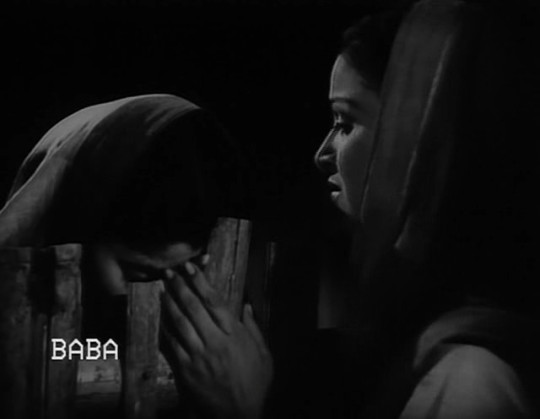
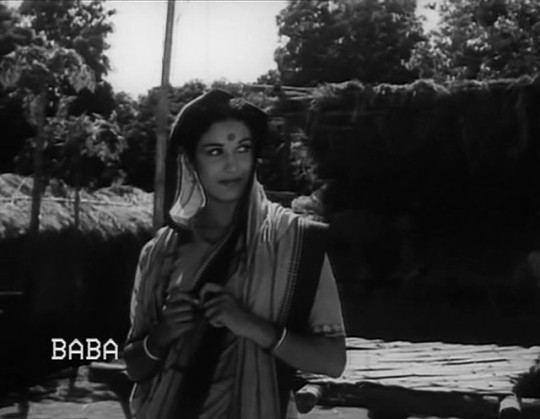
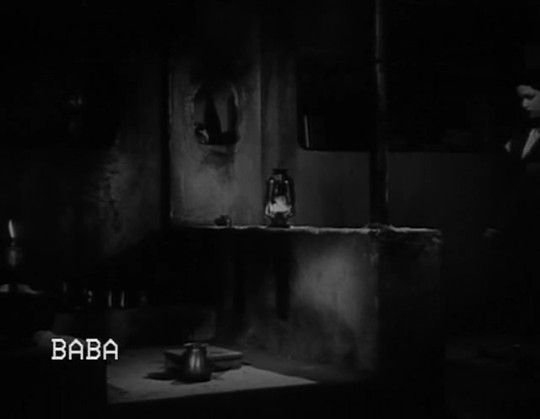
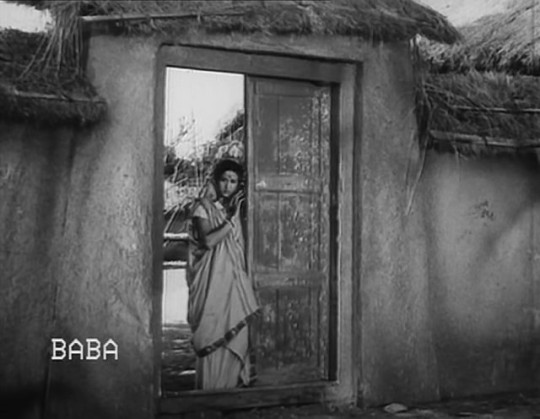

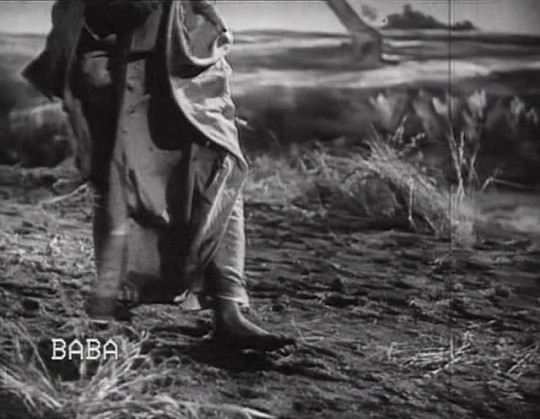

Biraj Bahu, Bimal Roy, 1954
7 notes
·
View notes
Photo

Suchitra Sen and Dilip Kumar in Devdas (1955)
#devdas#devdas 1955#suchitra sen#dilip kumar#bimal roy#indian cinema#hindi cinema#cinema#films#movies#film stills#movie stills#bollywood#old bollywood#bollywood movies#indian films#indian movies#classic cinema#world cinema#1950s
54 notes
·
View notes
Photo


Madhumati (1958)
62 notes
·
View notes
Text






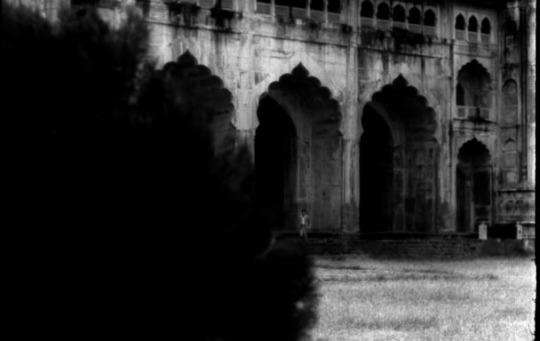

Hungry Stones ~ Kshudhita Pashan ক্ষুধিত পাষাণ (Tapan Sinha, 1960)
#Rabindranath Tagore#Kshudhita Pashan#ক্ষুধিত পাষাণ#hungry stones#the hungry stones#tapan sinha#bengali movie#bengali cinema#indian cinema#Indian Architecture#Bimal Mukherjee#indian art#Mughal palace
30 notes
·
View notes
Text

53 years of #Anand (12/03/1971)
"Kahin Door Jab Din Dhal Jaye,
Sanjh Ki Dulhan Badan Churaye
Chupke Se Aaye,
Mere Khayaalon Ke Aangan Mein, Koi Sapnon Ke Deep Jalaaye"
A must-watch among #HrishikeshMukherjee's masterpieces is the movie 'Anand,' starring #RajeshKhanna and #AmitabhBachchan in the lead roles. The screenplay was a collaborative effort by Bimal Dutta, #Gulzar, D.N. Mukherjee, Hrishikesh Mukherjee, and Biren Tripathy. Music by Salil Chowdhury The lyrics were penned by #Gulzar and Yogesh, with #Gulzar also writing the poignant poem 'Maut Tu Ek Kavita Hai,' which is narrated by Amitabh Bachchan. What are your favorite songs or dialogues from the movie?
What are your favourite songs/dialogue from the movie?
#bollywoodirect#bollywood#Anand (1971)#amitabh bachchan#rajesh khanna#hrishikesh mukherjee#gulzar#yogesh#d. n. mukherjee#biren tripathy#bimal dutta#salil chowdhury
4 notes
·
View notes
Text
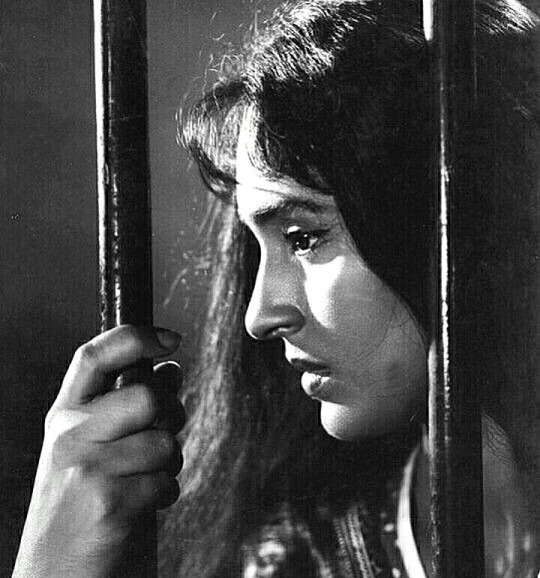


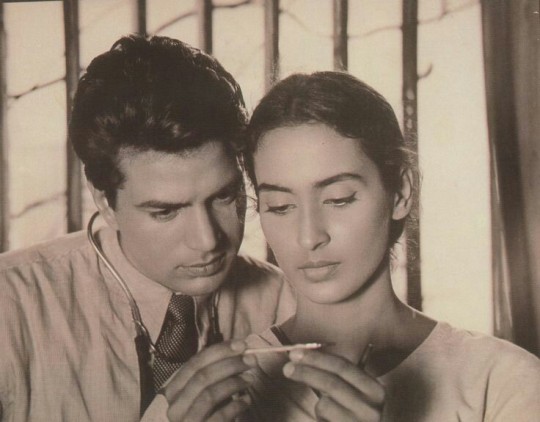
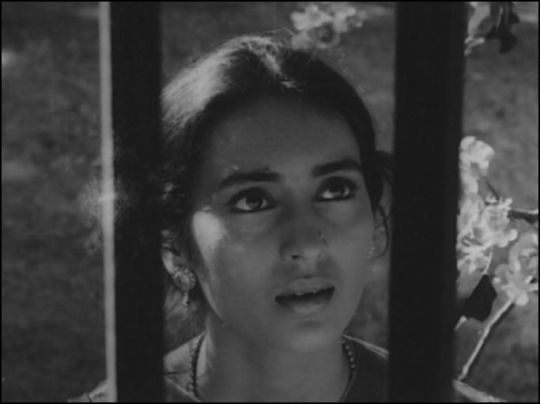
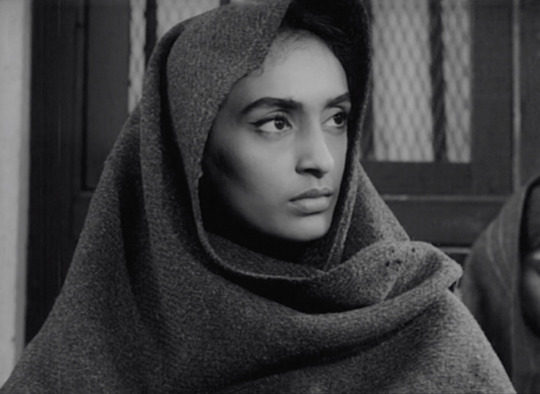


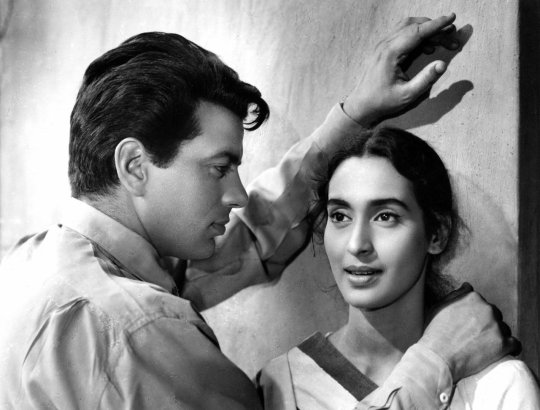
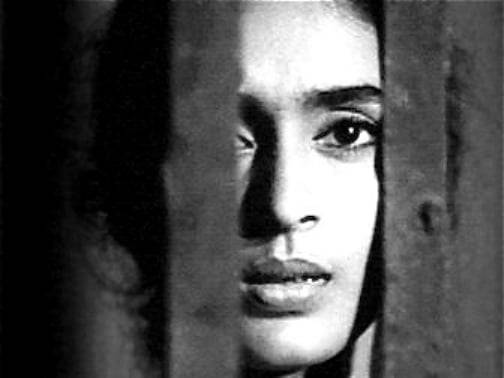
Bandini (1963) dir. Bimal Roy
14 notes
·
View notes
Photo
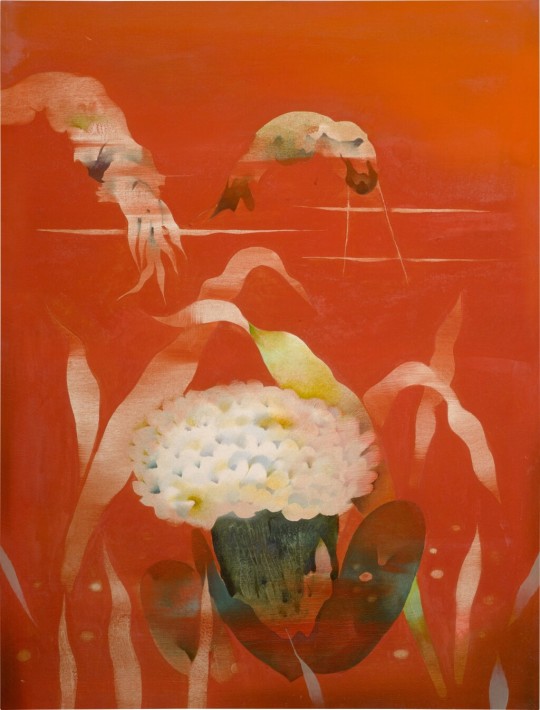
Bimal Das Gupta
Composition, 1980. Oil and pencil on canvas.
3 notes
·
View notes
Text
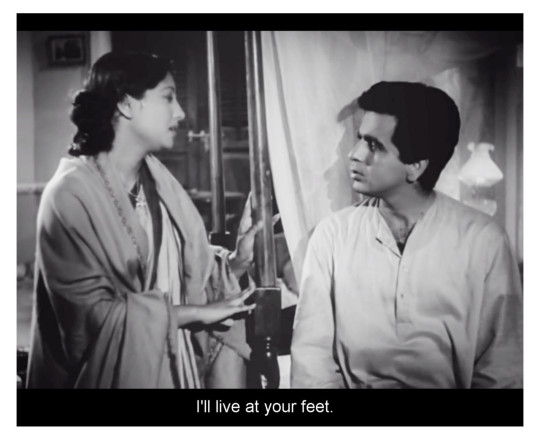

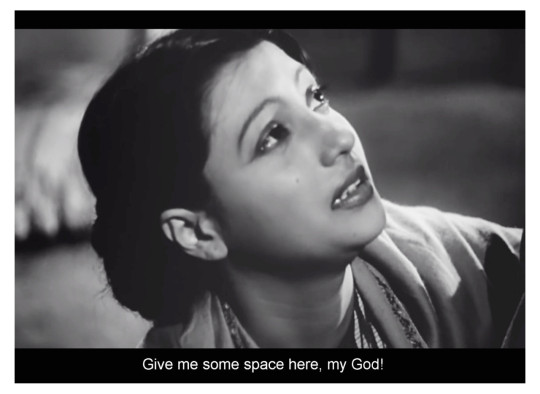


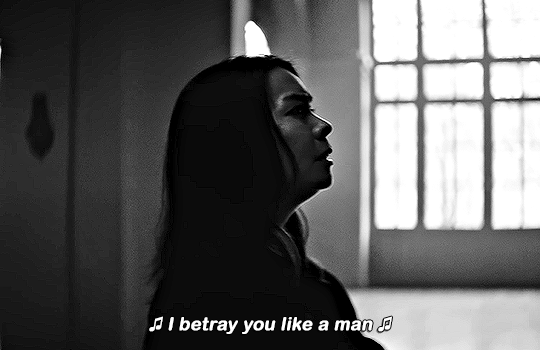

#devdas#mitski#Dilip Kumar#Suchitra Sen#i'm your man#devdas (1955)#Bimal Roy#indian movies#indian literature#south asian movies#south asian literature#pathetic attempt at web weaving :(
1 note
·
View note
Link
Nandish Bhatt, Purvi Bhatt, Mir Hanif, Taneea Rajawat, Nischay Rana, Mohsin Shaikh, Bimal Trivedi
0 notes
Text
Karan Deol and fiancé Drisha Acharya spotted on lunch date, see pics inside | Hindi Movie News - Times of India
Sunny Deol’s son Karan will soon be tying the knot with his longtime girlfriend Drisha Acharya. The duo already got engaged a few months ago, the date coincided with grandparents Dharmendra and Prakash Kaur’s anniversary.The two will reportedly be tying the knot between June 16-18.
The couple, who has been dating for six years now, recently stepped out for a lunch date. The duo twinned in black…

View On WordPress
0 notes
Text
Rock Climbing in Nepal
Introduction

Because of the amazing natural granite faces in regal surroundings, it is quickly becoming one of the most popular activities for both tourists and residents. There are many breathtaking, precarious locations in Nepal where you can go for rock climbing and experience the thrill of a lifetime. Climbers seeking adventure travel frequently engage in rock climbing when visiting Nepal. Without rock climbing, your trip to Nepal would be incomplete. Nepal offers a very alluring rock climbing experience to the climbers. A climber's strength, acceptance, agility, and balance are frequently put to the test as well as their mental fortitude in this physically and intellectually taxing activity. If you're looking for a cliffhanger experience in Nepal, the Kathmandu Valley has a few hair-raising locations. For those who get their kicks from scrambling up sheer cliff faces, there are some fantastic locations in Nepal.

fig: Nagarjun Rock Climbing
The majority of the cliffs are located to the north and northwest of the valley, close to the Shivapuri watershed and wildlife reserve as well as the Nagarjuna forest, all of which offer opportunities for rock climbing. This tour can be paired with bird watching, wildlife viewing, and seeing some of the valley's last remaining wild areas.
Some major Rock climbing areas in Nepal:
Nagarjun Forest – 20-minute drive from Kathmandu
Hattiban – 1-hour drive from Kathmandu.
Bimal Nagar – 20-minute drive from Bandipur.
Nagarkot – This bolted climbing area is hard to find without a guide.
Namche Bazaar – Bouldering field is 30-minute walk; ask local how to get there.
Equipment for Rock Climbing
Helmet
Rope
Belt
Ice Ax
Boots
Knife
Clips
Rope
Spares
Carbines
#rock climbing in nepal#rock climbing nagarjun forest#rock climbing at hattiban#Bimal nagar#Nagarkot#namche Bazaar
0 notes
Photo


Sadhana in Parakh (1960)
#Parakh#Parakh 1960#bimal roy#sadhana#sadhana shivdasani#indian cinema#hindi cinema#cinema#films#movies#film scenes#movie scenes#screencaps#cinematography#classic cinema#world cinema#bollywood#old bollywood#bollywood movies#indian films#indian movies#indian actress#1960#1960s
44 notes
·
View notes
Photo

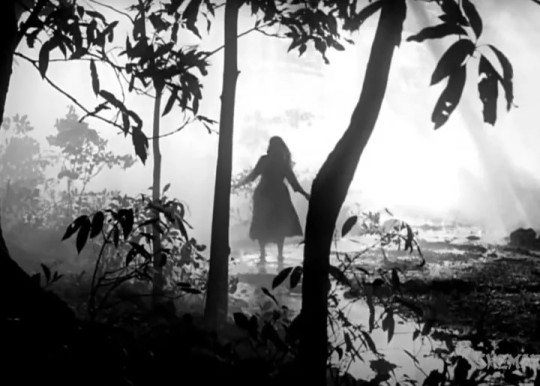

madhumati (1958)
20 notes
·
View notes